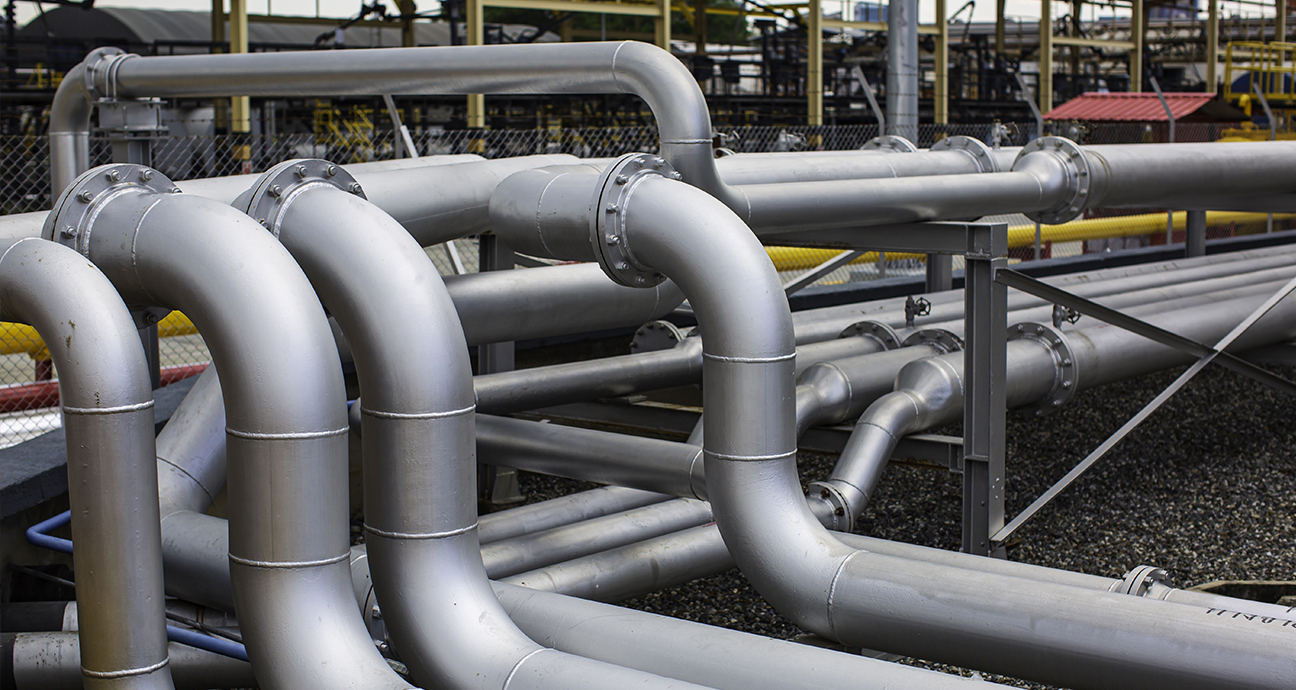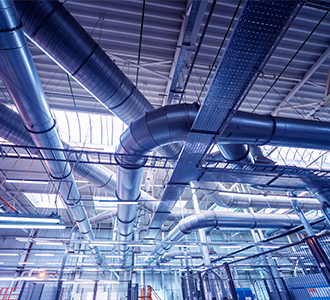
Cold insulation
Primary goal of Thermal Insulation is to Conserve energy, to maintain process temperature and to avoid condensation in context to reduce operating cost of any process.
During cold insulation as ambient temperature is higher than the surface temperature than moisture in air condenses on surface to avoid condensation surface must be insulated with appropriate Insulation material with sufficient thickness and protected by vapour barrier. If insulation system is not appropriate it result into energy loss further will reduce service life and performance, corrode pipes, vessel and fitting within the insulation and cause water related damages to the machinery.
Cold Insulation Materials
- Thermocole ( Expanded Polystyrene foam) Insulation Commonly know as EPS
- Polyurethane Foam ( Puff Insulation ) / Polyisocyanurate (PIR insulation )
- Chemically Cross link Polyethylene Commonly known as XLPE
- Elastomeric Nitrile Rubber Insulation / EPDM Rubber Insulation
- Perlite Rigid Insulation ( Used in both Hot & Cold Applications )
- Fiberglass Wool ( Used in Both Hot & Cold Application )

Factors Affecting Cold Insulation:
- Humidity
- Ambient Temperature
- Process / Design Temperature
- Material Structure
- Thermal Conductivity
- Water Vapor Permeability of Insulation Material
- Surface Emissivity
- Dew Point Temperature

